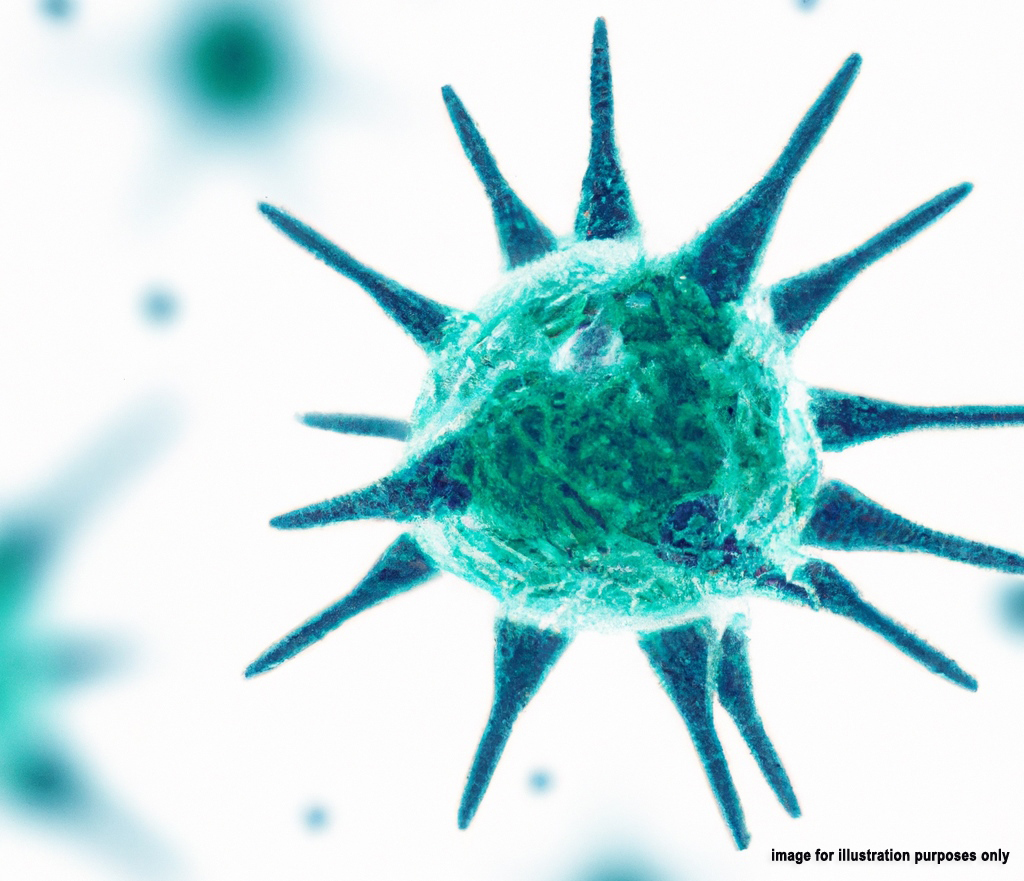Tuberculosis (TB)

Pulmonary tuberculosis (TB) is an infectious bacterial disease affecting the
lungs, with potential spread to other organs.
Causes, Incidence, and Risk Factors
The bacterium Mycobacterium tuberculosis (M. tuberculosis) causes pulmonary
tuberculosis (TB). Transmission occurs through inhalation of air droplets
from coughs or sneezes of infected individuals, termed primary TB.
In the United States, most people recover from primary TB without further
symptoms, as the infection may remain inactive (dormant) for years. However,
in some cases, it may reactivate.
Certain populations are at higher risk for active TB, including the elderly,
infants, and those with weakened immune systems due to conditions like AIDS,
chemotherapy, diabetes, or certain medications.
Factors increasing the risk of TB transmission include frequent contact with
infected individuals, poor nutrition, and crowded or unsanitary living
conditions.
Contributing factors to TB infection rates in a population include rising
HIV infections, homelessness, and the emergence of drug-resistant TB
strains.
In Singapore, the incidence is approximately 72 per 100,000 population.
Symptoms
Primary TB typically presents without symptoms. Symptoms of pulmonary TB may
include:
• Coughing (often with mucus)
• Coughing up blood
• Night sweats
• Fatigue
• Fever
• Unintentional weight loss
Additional symptoms may include breathing difficulty, chest pain, and
wheezing.
Signs and Tests
Physical examination may reveal clubbing of fingers or toes, swollen lymph
nodes, fluid around the lungs, and abnormal breath sounds.
Diagnostic tests may include tissue biopsy, bronchoscopy, chest CT scan,
chest x-ray, interferon-gamma blood tests, sputum examination, thoracentesis,
and tuberculin skin tests.
Treatment
The objective of treatment is to cure the infection using anti-TB
medications. Treatment typically involves a combination of drugs, continued
until lab tests determine the most effective medications.
Commonly used drugs include isoniazid, rifampin, pyrazinamide, and
ethambutol. Additional medications such as amikacin, ethionamide,
moxifloxacin, para-aminosalicylic acid, and streptomycin may be prescribed.
Patients may need to take multiple pills at different times daily for six
months or longer, adhering strictly to their healthcare provider's
instructions.
Non-compliance with medication regimen can lead to drug-resistant TB,
necessitating directly observed therapy, where healthcare providers ensure
patients take their prescribed drugs.
Hospitalization may be required to prevent disease transmission until the
patient is no longer contagious.
Healthcare providers are legally mandated to report TB cases to local health
departments to ensure patients receive optimal care.
Expectations (Prognosis)
Symptoms typically improve within 2-3 weeks, but chest x-rays may show
improvement later. Early diagnosis and prompt treatment yield an excellent
prognosis for pulmonary TB.
undo Common Diseases in Singapore